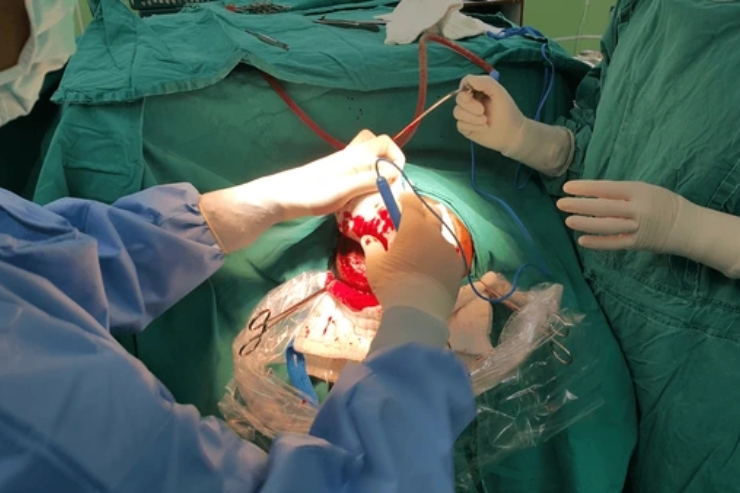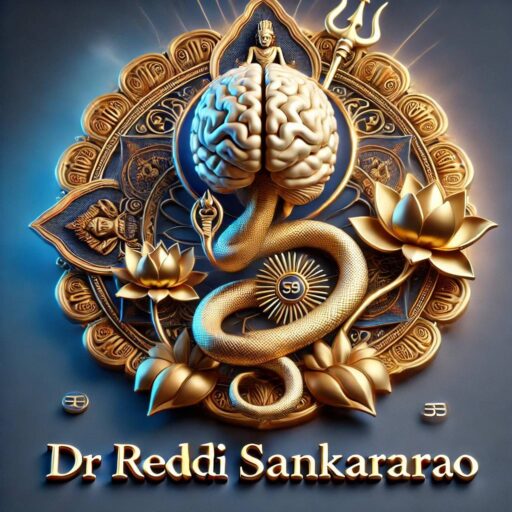Craniovertebral Junction Surgeries
- Home
- Spin Surgery Services
- Craniovertebral Junction Surgeries

Precision at the Base of the Brain – Restoring Function, Preserving Life
Experiencing neck pain, imbalance, or nerve-related symptoms due to abnormalities at the junction of your skull and spine? The craniovertebral junction (CVJ) is a highly complex and delicate region where the skull meets the upper cervical spine—and conditions here demand expert surgical care.
CVJ surgeries are performed to correct structural defects, relieve spinal cord compression, and restore stability, especially in life-threatening or progressive disorders affecting this critical area.
What Is the Craniovertebral Junction?
The CVJ includes the base of the skull, the atlas (C1), and axis (C2) vertebrae. It houses vital neurological structures, including the lower brainstem and upper spinal cord, and allows for essential head and neck movements. Disorders in this region can cause serious neurological problems and require precise surgical management.
Common Conditions That May Require CVJ Surgery:
Congenital anomalies (e.g., basilar invagination, atlantoaxial instability)
Trauma to the C1-C2 vertebrae
Rheumatoid arthritis affecting the cervical spine
Chiari malformation with or without syringomyelia
Tumors or infections at the skull base or upper spine
Degenerative changes leading to instability or spinal cord compression
Goals of CVJ Surgery:
Decompress the spinal cord and brainstem
Correct anatomical alignment
Stabilize the craniovertebral junction using implants (rods, screws, plates)
Preserve neurological function and prevent progression of symptoms
Symptoms That May Indicate the Need for CVJ Surgery:
Persistent neck pain and stiffness
Weakness or numbness in arms or legs
Difficulty walking or maintaining balance
Dizziness or visual disturbances
Breathing or swallowing difficulties
Sudden neurological decline following trauma


